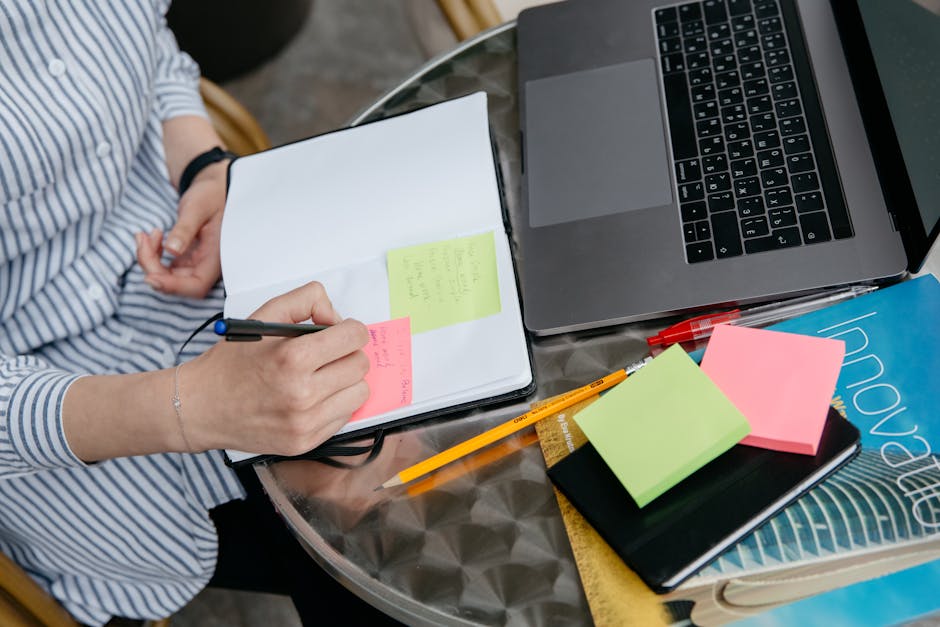Digital magazine accessibility is no longer an afterthought or a mere box-ticking exercise for publishers—it’s an urgent legal, ethical, and commercial mandate in 2025. With new ADA regulations and global adoption of WCAG 2.1 AA standards, the landscape is rapidly evolving. At 3D Issue, we’ve seen that digital storytelling can only reach its fullest potential when it’s accessible to everyone. In this deep dive, we want to empower you to master the essentials of accessible digital magazine production, with real-world examples, actionable advice, and a practical perspective grounded in the realities of publishing workflows.

Why Accessibility in Digital Magazines Can’t Wait
Accessibility isn’t just about avoiding lawsuits or meeting basic compliance. It’s about future-proofing your content, expanding your reach, and connecting with readers who have been excluded for too long. In a world where over one billion people live with some form of disability, making your magazines accessible is a powerful statement—and a competitive advantage. With the ADA taking a sharper stance and deadlines looming (such as the US federal requirement for public entities to meet WCAG 2.1 AA by April 24, 2026), publishers and content creators must act now to avoid disruption and reputation risk.
The Accessibility Standards: ADA and WCAG 2.1 AA Explained
Let’s quickly clarify what’s required:
- ADA (Americans with Disabilities Act): US law that enforces equal access to digital communications and publications.
- WCAG 2.1 AA: The internationally recognized set of technical guidelines. The key for publishers: AA level is now the minimum expected standard for legal compliance and audience inclusion.
The POUR Principles at a Glance
- Perceivable: All users must be able to perceive your content. This means alternative text for images, adequate color contrast, and captions for multimedia.
- Operable: Every feature should be accessible by keyboard, not just mouse. No hidden traps for keyboard or screen reader users.
- Understandable: Navigation and language must be predictable and clear, helping users find what they need with ease.
- Robust: Your content should work smoothly with assistive technologies, from screen readers to voice commands, across browsers and devices.
Checklist: Building an Accessible Digital Magazine Workflow
Here’s a hands-on breakdown from our own experience guiding publishers through accessibility transformations, as well as what we’ve embedded in platforms like Experios.

- Semantic Structure with HTML5 Tags
- Use heading tags (
H1,H2, etc.) to reflect document structure—not just to style text. Screen readers rely on this order for navigation. - Organize content with elements like
<nav>(navigation),<article>, and ARIA landmarks, which clarify layout for assistive tech. - Prioritize clear, descriptive headings for every section and article.
- Use heading tags (
- Image Accessibility
- Every meaningful image must have accurate, descriptive
alttext (e.g., “Opening spread of our Summer Decor Issue showcasing a colorful living room”). - Decorative images should use empty
alt=""tags to be ignored by screen readers. - Infographics and complex visuals need full-text explanations, often placed adjacent to visuals or in appendices.
- Every meaningful image must have accurate, descriptive
- Color and Contrast
- Text/background color combinations must achieve at least 4.5:1 contrast for regular text, and 3:1 for UI elements like buttons.
- Never use color alone to convey information (e.g., don’t indicate required fields solely with red text).
- Keyboard and Alternative Input Support
- All interactive features—navigation menus, carousels, embedded media—must function with keyboard only (tab, arrows, enter).
- Test for focus indicators, skip-to-content links, logical tab order, and ARIA roles for custom widgets.
- Flexible Layout and Resizable Text
- Ensure users can zoom or resize text up to 200% without content shifting or becoming inaccessible.
- Use relative units (em, rem, %) rather than fixed pixels in your CSS, especially for layouts and font sizes.
- Accessible Multimedia
- Closed captions on all narrated video content.
- Audio descriptions for essential visuals in videos, especially for complex editorial imagery.
- Provide transcripts for audio-based interviews or podcasts published in your magazine.
- Forms and Interactive Elements
- All forms (e.g., newsletter sign-ups, lead-gen forms) must have clear labels linked to form controls, error indicators, and guidance for corrections.
- Use ARIA and native HTML features for live validation feedback, never relying solely on pop-ups or color changes.

Accessibility Publishing: Practical Insights from the Field
From working with publishers, educators, and marketers, we’ve found a few key challenges (and solutions) surface repeatedly:
- Time Pressure & Design Constraints:
You don’t have to design every page from scratch! Use proven, accessibility-tested templates as found in platforms like Experios to avoid reinventing the wheel—and to keep designers and non-technical editors collaborating smoothly. - Updating Existing PDFs:
Many digital magazines start as PDFs. Our AI-powered PDF to responsive content extraction (available in Experios) is built to extract content semantically, offering a far easier path to WCAG/ADA compliance than manual OCR and tagging. - Ensuring Ongoing Compliance:
Use tools like the WAVE Web Accessibility Evaluation Tool for live audits, but don’t stop there—embed accessibility checkpoints in your editorial workflow, not just as a post-publishing fix.
Legal Deadlines and Compliance Risks in 2025
Failing to meet the requirements is riskier than ever. U.S. public entities must reach WCAG 2.1 AA compliance by April 24, 2026, and private publishers face increasing litigation for non-compliance. Beyond fines or settlement costs, non-compliance can damage your brand’s reputation—that’s a risk we never want to take.

Accessible Digital Magazines: A Win for Everyone
Committing to accessible design creates better experiences for all your readers—even those without disabilities. Accessibility overlaps with mobile-friendliness, search engine optimization (SEO), and content reusability, meaning compliant magazines rank better, reach wider audiences, and deliver a superior user experience. For organizations, this directly translates to increased readership and loyalty (as we have seen repeatedly from 3D Issue customers who have doubled their audience size following an inclusive digital transformation).
How 3D Issue Supports Accessibility-First Publishing
We’ve made accessibility a core priority in our technology. The Experios platform is built on accessibility-by-design principles:
- WCAG and ADA compliance checks at every stage — from drag-and-drop design to publishing.
- Built-in tools for alternative text on images, high-contrast color palettes, and fully responsive layouts.
- Semantic markup tools (proper heading levels, ARIA landmarks, logical content blocks) so every magazine is readable and navigable by everyone.
- Flexible hosting and distribution so your accessible content can live securely on your cloud or private servers.
- Flipbooks convert static PDFs into digital publications with improved accessibility support, integrating features like keyboard navigation and content tagging—helping your legacy content meet today’s standards.
Your Next Steps: Make Accessibility Central to Your Publishing Strategy
If you haven’t yet audited your digital magazines for accessibility, now is the time. Here’s a quick action plan:
- Review your current content against the WCAG 2.1 AA checklist.
- Identify gaps in structure, contrast, text alternatives, interaction, and multimedia.
- Adopt accessible design templates and publishing tools (such as Experios) that enforce and validate your compliance at every stage.
- Integrate accessibility as an ongoing part of your editorial workflow, involving all team members—not just developers.
- Stay informed on legal changes and update your practices at least annually.

Ready to Create Truly Accessible Digital Magazines?
At 3D Issue, we’re passionate about helping publishers—including editorial, marketing, and educational teams—go beyond checklists and build digital magazines that honestly welcome everyone. For more details on how Experios automates accessibility (and radically reduces production costs and timelines), explore Experios or try 3D Issue Flipbooks free today.
Let’s build a more inclusive digital publishing landscape—together.







